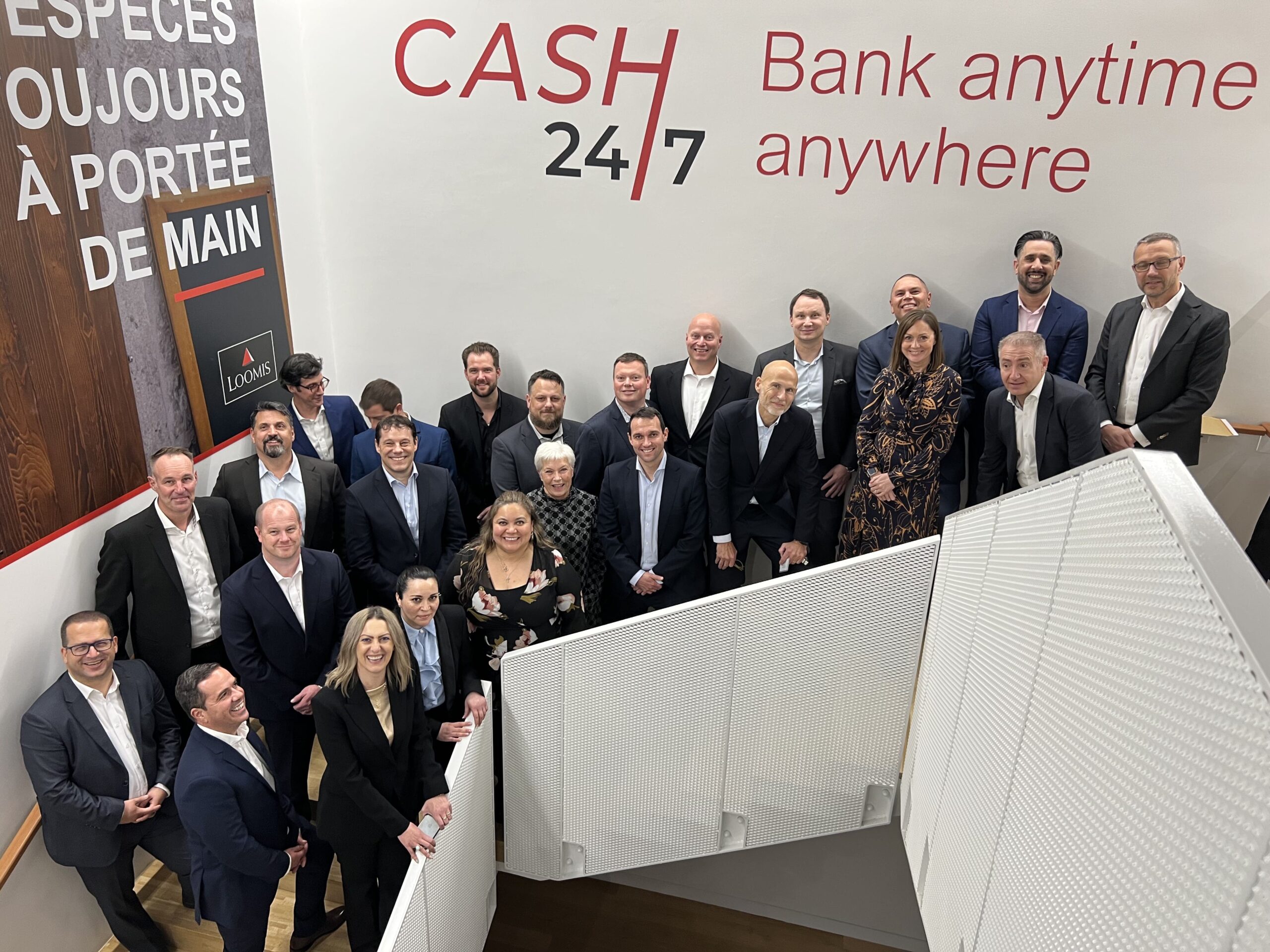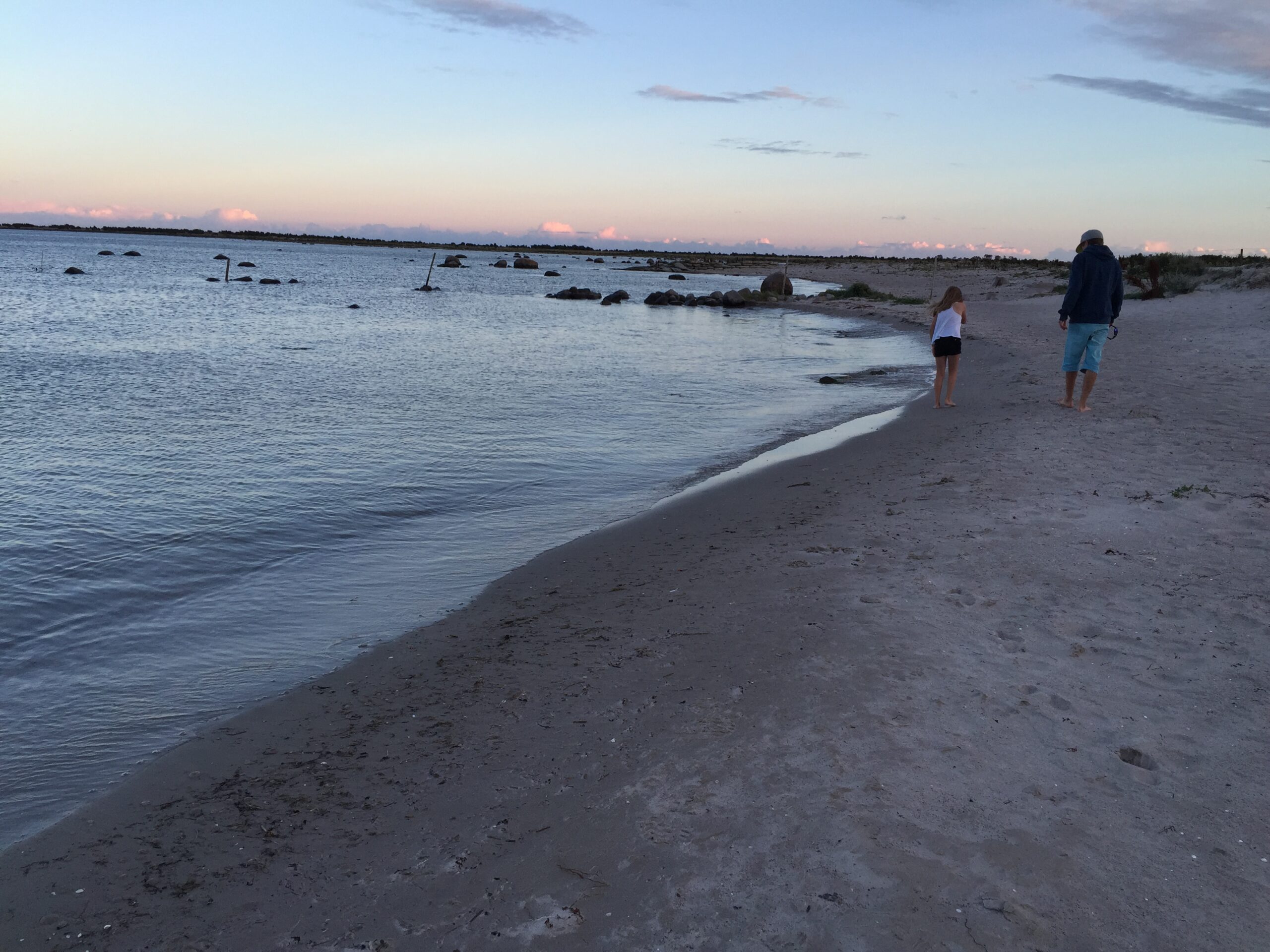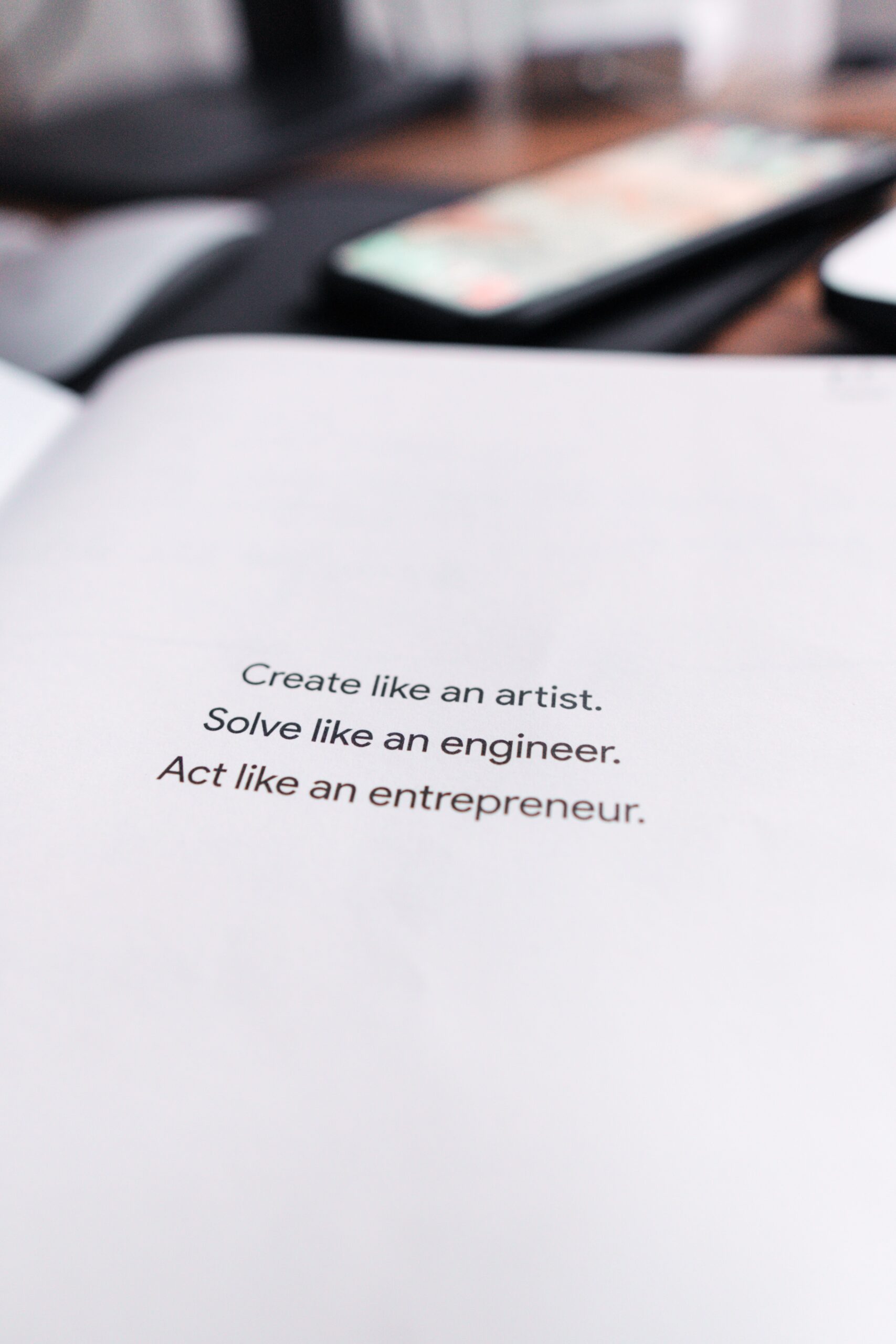
In 2023, Loomis launched its first global leadership program, “Catalyst – Leadership delivering business results,” and Gaia has been Loomis’ partner in this program. In a company that has truly lived by the motto “business is local,” they had previously avoided large joint initiatives. However, Loomis is now in a situation where the company is evolving, and a global business and leadership program is needed. We spoke with Mårten Lundberg, CHRO/CMO at Loomis Group, and Elisabeth Stjerndorff, the project manager responsible for developing Loomis program “Catalyst – leadership delivering business results”.
“There was a strong demand from several senior managers: we need to create a business education to continue evolving.”
“There was a strong demand from several senior managers: we need to create a business education to continue evolving. And that’s when we started developing Catalyst,” Mårten explains.
Loomis is in the midst of a transformation where they aim to succeed on a new level in two major areas. They want to expand their portfolio and offer more products and services to existing and new customers. Where they currently offer services such as cash handling, they want to provide customers with other types of payment solutions and automated digital services. They also aim to evolve from a service provider to a proactive partner using the customer data they have.
“Our managers need to be able to lead in a more complex world.”
“We have skilled, often internally recruited, managers who have grown with the company. Now, as we broaden our portfolio, leadership needs to include broader perspectives, strengthen collaboration across borders and functions, and develop the business. Our managers need to be able to lead in a more complex world,” says Elisabeth.
“Loomis has been involved in transporting gold and cash since 1852. The company’s development means that our employees have had to complement their skills with a range of payment solutions on many platforms, new digital products, and thus meet customers in new ways,” adds Mårten.
The target audience for the program is managers who have worked for several years and have made progress in their careers. Through the program, they have had the opportunity to see different aspects of their leadership and delve into how they lead the business and its development. It was also important for participants to be able to apply their knowledge directly in their daily lives so that it wouldn’t become theoretical and quickly forgotten.
In the program, group coaching has been employed, and participants have formed business case groups where they have worked practically with real needs and opportunities.
Naturally, a crucial aspect has been how to involve employees so that what the company aims to achieve reaches all the way, while insights and knowledge from those who meet and serve customers every day also contribute to the overall success. Since many employees are value transporters who leave the office when performing their duties, managers really need to find ways to capture, involve, and meet them.
“The reason we chose Gaia as a partner is that we shared a vision in integrating business and leadership.”
“The reason we chose Gaia as a partner is that we shared a vision in integrating business and leadership. That alignment was crucial. Equally important was the experience of running programs in international environments,” says Elisabeth.
Are you seeing any effects already?
“We see that the knowledge of how to prepare, present, and even scale up a business case is incredibly strengthened in the group that went through the first program. There has also emerged a network of managers from different continents, making collaboration and knowledge sharing easier,” says Mårten.
What have you learned so far?
“It is extremely important that we make participants feel safe in the program. To help them grow, they need to feel a sense of security, dare to open up to learning. We really succeeded in creating that, and it was a crucial success factor for the program, for the participants, and thus for Loomis as a company,” explains Elisabeth.
“I see two important lessons from the pilot. The environment around the participants is crucial. How do the participants’ responsible managers take care of a well-educated employee? We don’t quite have that tradition in place, so we will continue to develop it. The second lesson is that a very professional handling of a global program is needed, from the practical aspect to getting top management on board. We have succeeded well in this aspect, and it is crucial that we maintain it,” adds Mårten.
Loomis program “Catalyst – leadership delivering business results” has become a winning concept, leading to a continued significant investment in leadership within Loomis. The pilot was conducted in 2023, and there is now a decision to also implement the program in 2024. They have hired a Head of Leadership Development, Claire Screaton, to drive the program forward.





